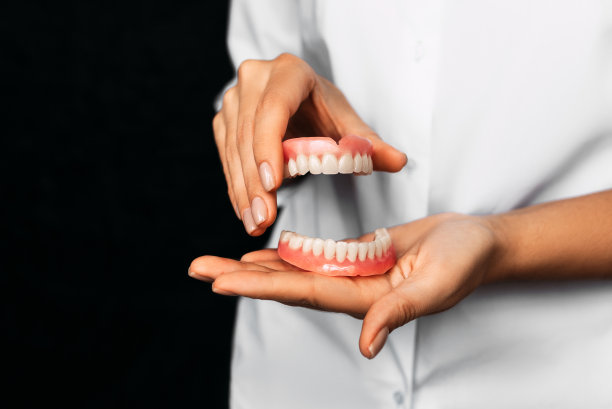Breaking Down Periodontal Disease Causes, Symptoms, and Treatments
Summary: Periodontal disease, also known as gum disease, is a common oral health condition characterized by inflammation and infection of the gums. This article aims to break down the causes, symptoms, and treatments of periodontal disease, providing a comprehensive understanding of this prevalent dental issue.
1. Causes of Periodontal Disease

Periodontal disease is primarily caused by poor oral hygiene habits, which lead to the accumulation of plaque and tartar on the teeth and along the gum line. Bacteria in plaque produce toxins that irritate the gums, triggering an inflammatory response. Furthermore, factors such as smoking, genetic predisposition, and certain medical conditions can increase the risk of developing periodontal disease.
In addition to poor oral hygiene, lifestyle choices such as smoking and a diet high in sugar and processed foods can contribute to the development and progression of periodontal disease. Smoking weakens the immune system and reduces blood flow to the gums, making it harder for the body to fight off infections and heal damaged tissues.
Genetic factors play a significant role in determining an individuals susceptibility to periodontal disease. Certain genetic variations can make some people more prone to gum inflammation and bone loss, even if they maintain good oral hygiene practices.
2. Symptoms of Periodontal Disease
Common symptoms of periodontal disease include red, swollen, and tender gums, persistent bad breath, bleeding gums during brushing or flossing, receding gums, and loose or shifting teeth. In advanced stages of the disease, individuals may experience gum recession, pus between the teeth and gums, and ultimately, tooth loss.
It is essential to recognize the early warning signs and symptoms of periodontal disease to seek prompt treatment and prevent further progression of the condition. Ignoring these symptoms can lead to severe gum damage, bone loss, and even systemic health issues such as heart disease and diabetes.
Regular dental check-ups and professional cleanings can help detect periodontal disease in its early stages, allowing for timely intervention and management. Dentists may perform comprehensive periodontal evaluations, including measuring pocket depths, assessing gum attachment levels, and evaluating dental X-rays to monitor bone loss.
3. Treatments for Periodontal Disease
The treatment of periodontal disease depends on the severity of the condition. In mild cases, professional dental cleanings and improved oral hygiene practices may be sufficient to control the disease and prevent further damage. This includes thorough cleaning of the teeth and gums to remove plaque and tartar buildup.
For moderate to severe cases of periodontal disease, more advanced treatments such as scaling and root planing, antibiotic therapy, and surgical procedures may be necessary. Scaling and root planing involve removing bacteria and tartar from deep pockets in the gums and smoothing the root surfaces to promote healing and prevent reinfection.
Surgical interventions, such as flap surgery and bone or tissue grafts, may be recommended for advanced cases of periodontal disease to repair damaged tissues, regenerate bone loss, and improve the overall health of the gums. These procedures aim to restore the supportive structures of the teeth and prevent tooth loss.
4. Prevention of Periodontal Disease
Preventing periodontal disease starts with adopting good oral hygiene habits, including brushing twice a day, flossing daily, and using an antiseptic mouthwash to reduce bacteria in the mouth. Regular dental check-ups and cleanings are essential for early detection and intervention of periodontal disease.
Avoiding smoking and maintaining a healthy diet rich in fruits, vegetables, and whole grains can help support overall oral health and reduce the risk of gum disease. Managing underlying health conditions such as diabetes and heart disease is also crucial in preventing the progression of periodontal disease and its complications.
By practicing proper oral hygiene, making healthy lifestyle choices, and seeking professional dental care, individuals can effectively prevent and manage periodontal disease, preserving their oral health and overall well-being.
Summary:
Periodontal disease is a prevalent oral health condition caused by factors such as poor oral hygiene, smoking, genetic predisposition, and lifestyle choices. Recognizing the symptoms early and seeking timely treatment is crucial in preventing severe gum damage and tooth loss. Various treatment options, from professional cleanings to surgical procedures, are available to manage periodontal disease and restore gum health. By focusing on prevention through good oral hygiene practices and healthy lifestyle habits, individuals can protect their gums and maintain optimal oral health.
This article is compiled by Vickong Dental and the content is for reference only.



